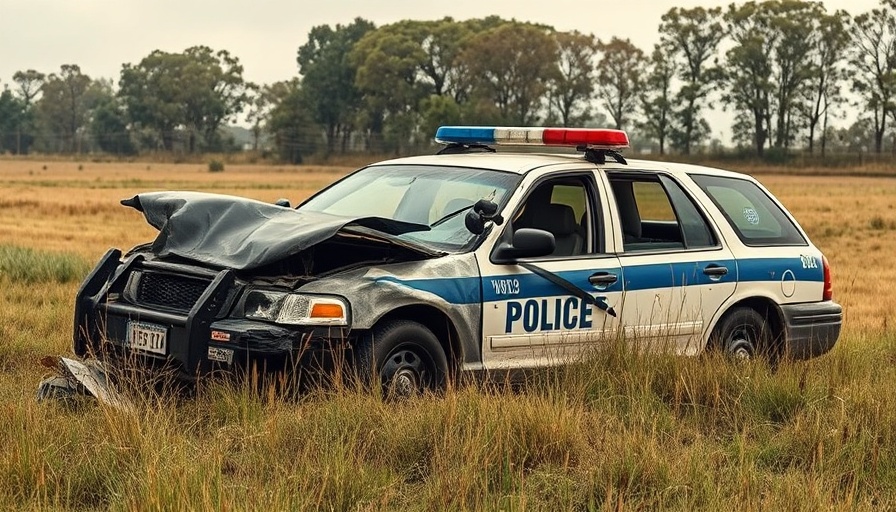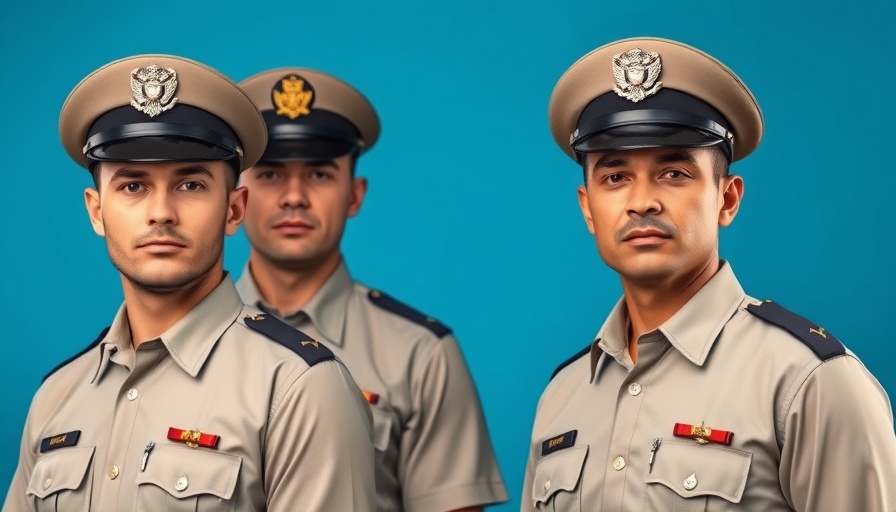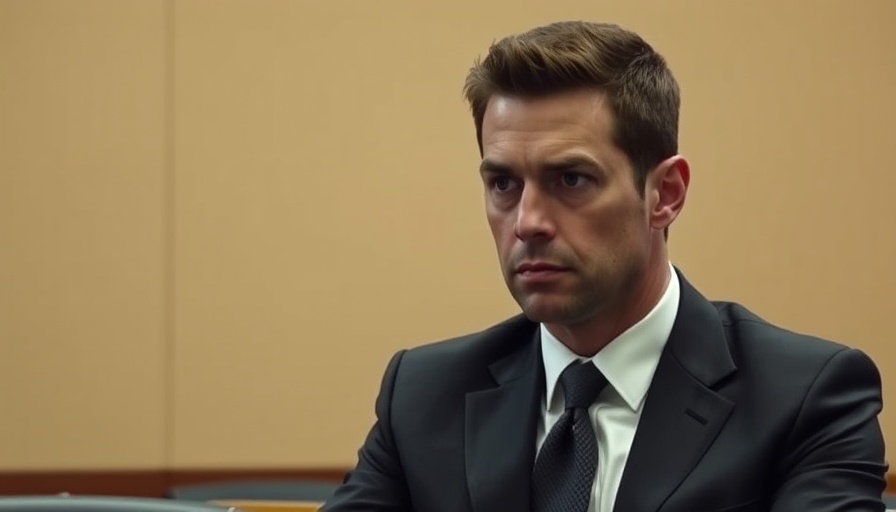
Surviving the Storm: A Close Call for Officer Morris
On March 14, 2025, Diaz Police Sergeant Richard “Dickie” Morris found himself in a harrowing situation as a powerful EF-4 tornado with peak winds reaching 190 mph swept through Arkansas. While responding to severe weather alerts, Morris was inside his patrol car when it was suddenly lifted and tossed several feet by the ferocious winds. Fortunately, against all odds, he survived, and he is now recovering from serious injuries, thanks to an act of divine protection that his chief, James Thompson, remarked upon.
The tornado left a path of destruction as it ravaged through the northeast region of Arkansas, confirming at least nine tornadoes on that tragic night. Chief Thompson has reiterated that while the physical toll of such an event can be devastating, the emotional strain on officers who encounter such phenomena is equally concerning.
What This Means for Officer Safety and Response Teams
Incidents like this highlight the urgent need for comprehensive officer safety protocols during extreme weather conditions. As first responders, law enforcement officers often put their lives on the line during natural disasters to ensure community safety. However, it raises a pivotal question about the current protocol for police operations amid severe weather. Do current training programs adequately prepare officers for these kinds of unpredictable challenges?
Equipping officers with proper mobile communication tools is critical. In Morris's case, his radio was ripped out, but he managed to contact dispatch using his cell phone. This incident underscores the need for reliable, alternative communication strategies that can function even when typical systems fail.
The Long-Term Impact on Community Relations
Community impact during times of crisis varies, but public perception often relies on how authorities respond. This instance of Officer Morris being thrown by the tornado not only emphasizes the bravery of law enforcement officers but also the importance of transparency and connections with the community during recovery processes. Citizens need to feel assured that their protectors are trained for emergencies, both in the day-to-day and in extraordinary circumstances.
The leadership within police departments must actively engage in discussions about climate-related training, ensuring community safety during adverse weather conditions. Educational sessions led by officers who have faced such dangers can provide community members with insights, thus fostering closer community relations.
Future Preparedness: Can Technology Help?
The integration of technology in public safety protocols appears promising. With advancements in predictive analytics and real-time weather monitoring, police forces can better prepare and respond to tornado threats. For example, new applications can provide alert systems to officers when they are in the immediate path of severe weather. Furthermore, wearable technology can track officers’ locations and vital signs, ensuring a more effective rescue should calamity arise.
Utilizing AI and data-driven assessments can enhance decision-making processes, thus improving the overall safety of officer patrols during storms. Beyond technology, ongoing training in disaster response should remain a cornerstone of police education, molding officers who are able to take immediate action under pressure.
Community Engagement: A Call for Support
As Officer Morris recovers, there's a unique opportunity for public engagement and support for local law enforcement. Community members can rally around programs designed for officer wellness, mental health, and resilience training that aim to aid recovery from traumatic experiences. To uplift officers like Morris, public initiatives can foster a greater appreciation for the sacrifices police officers make daily, particularly during harsh weather events.
In times of crisis, it is vital for the community to come together, showing appreciation and gratitude. Public forums, fundraising events, and direct outreach programs can help bolster not only officer wellness but also vitally strengthened police-community relations.
 Add Row
Add Row  Add
Add 

 Add Element
Add Element 




Write A Comment